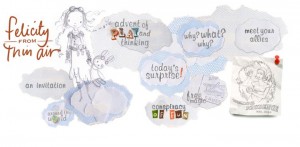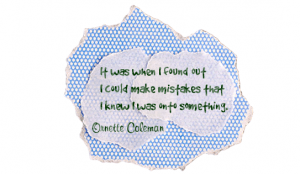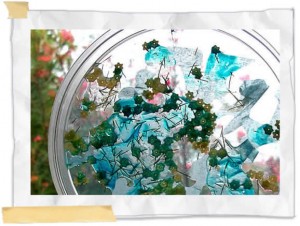On Demand Learning: Classroom Optional (Khan Academy and Academic Earth)
What it is: Tonight I was talking education with a fun group that is helping me think through my school design. As we were talking one of the participants mentioned Khan Academy…some of the teachers in attendance had never heard of it. I sometimes forget that not everything is common knowledge and even if it is common knowledge to most, there are still those who can benefit from the mention! Khan Academy was started by Salman Khan quite by accident. He tutored his cousins in math and when he moved away from them, they still requested support. Sal began making algebra videos and uploading them to YouTube for his family, it has grown to over 2,100 videos and 100 self-paced math, science, and history exercises for students. The library is extensive and comprehensive including algebra, arithmetic, banking and money, biology, brain teasers, calculus, California standards algebra, geometry, chemistry, cosmology and astronomy, credit crisis, current economics, developmental math, differential equations, finance, history, linear algebra, organic chemistry, Paulson bailout, physics, pre-algebra, pre-calculus, probability, statistics, trigonometry, valuation and investing, venture capital, and capital markets. It is a pretty impressive collection! I really like these videos because they provide students with on-demand learning and present the learning in a way that appeals to the visual and auditory learner. The experience is so much richer than a textbook can offer. It is like having your own personal tutor.
Academic Earth is another extensive video library that lets students (and adults) take video courses from the worlds top scholars all in one place…for free! The mission of Academic Earth is to give everyone access to a world class education. Subjects covered by Academic Earth include art, architecture, astronomy, biology, business, chemistry, computer science, economics, education, electrical engineering, engineering, entrepreneurship, environmental studies, history, international relations, law, literature, mathematics, media studies, medicine and health care, philosophy, physics, political science, psychology, religious studies, test prep, and writing. Students have access to the learning happening at Berkley, Columbia, Harvard, Khan Academy, Maryland, Michigan, MIT, Norwich, NYU, Princeton, Stanford, UCLA, UNSW, USC, and Yale. Did I mention all of that learning is free? I know, amazing!
How to integrate Khan Academy and Academic Earth into the classroom: Both Khan Academy and Academic Earth provide students with opportunities for on-demand learning in their areas of interest or their areas of weakness. Students can use these resources to support the learning happening in the classroom and to fill any gaps that students may have in their learning. Video is a powerful medium because it appeals to a wide range of learners and makes it easy to pause, rewind, review, and share that learning.
Khan Academy would be a great tool to use for the “Fisch Flip” where the homework is to watch the lesson on video and class time is spent on working through the problems together. Let that sink in…makes more sense doesn’t it? Students get support where they need it most, in the follow through and practice of the learning.
Academic Earth provides students with the opportunity of pursuing their passions, getting a feel for what type of study they would like to pursue in a university, and support learning.
Do you have students that could use additional challenge and are constantly searching for more learning? Set up an extended learning center in your classroom where students who need that challenge can self direct and extend their learning by using Khan Academy or Academic Earth.
Tips: Khan Academy is a great resource to pass on to families, parents are often looking for ways to supplement and support the learning happening in the classroom. Math in particular is a challenge as many parents did not feel successful enough in higher math themselves to help their children.
Please leave a comment and share how you are using Khan Academy and Academic Earth in your classroom!

































